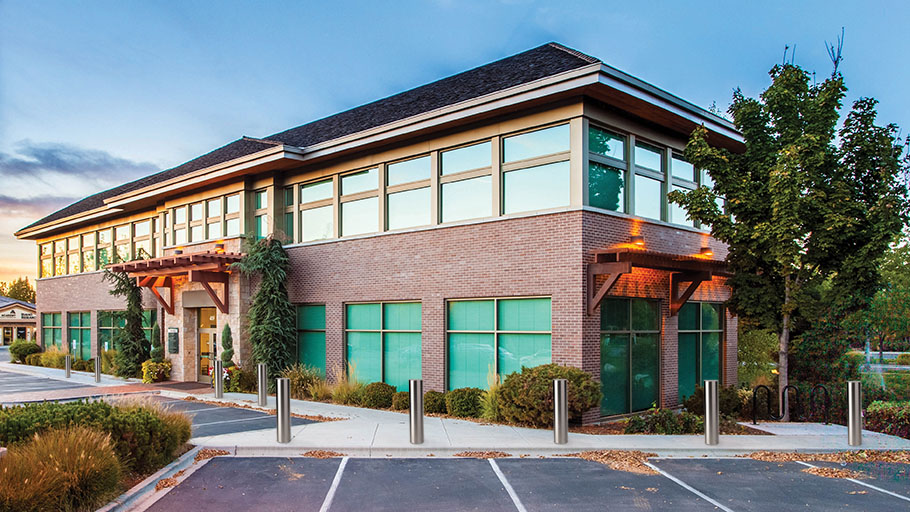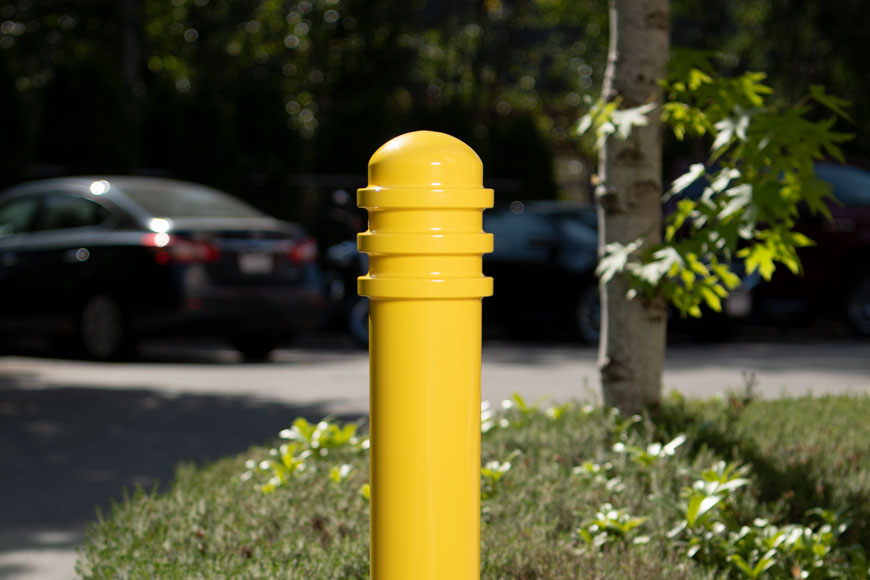Prevent accidental harm in the workplace

To some, safety might seem a burden—wasting time and resources that could be better dedicated to productivity. Warehouses are places of speed and efficiency, and anything that drags this down may seem counterproductive. Smart managers, however, recognize that proper warehouse safety is essential to smooth, expedient operations.
An injury, or a fatality, is unthinkable for most employees—until it happens. When someone is injured or killed, two things quickly become apparent: 1) Any harm suffered from an accident cannot be undone; and, 2) the events that caused that harm could have likely been prevented.
Importance of warehouse safety
With such a range of onsite activities, the risk for at-work injuries and fatalities are higher in warehouses than in other occupations. When we talk about warehousing, we’re looking at many different sectors that can encompass manufacturing, importing, exporting, retail, wholesale, transportation and several other business needs.
Workplace accidents hurt the people involved, but they also affect families and coworkers. A safe, productive work environment ensures all staff consider the full range of consequences associated with an incident. At the end of the day, everyone wants to return home healthy and safe.
Safe warehouse environments
Employers are ultimately responsible for protecting workers from hazards. Given the diverse nature of warehouse environments, it can be a challenge to consider all possible factors. These are places that may contain moving vehicles, heavy objects stored up high, tall ledges, manufacturing or other fabricating equipment and a range of potentially hazardous substances.
While many factors contribute to a safe work environment, proper protection and visibility are two crucial components to minimizing risk among staff. Here, we’ll look at some potential problem areas to consider.
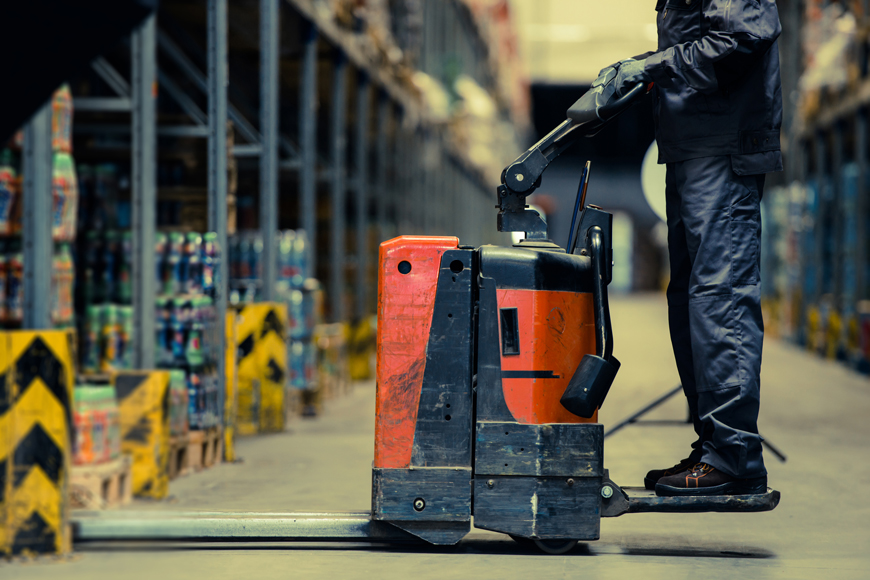
Storage racks
Efficient and sturdy racking is the backbone of any warehouse. Racks house all company inventory in an organized, space-efficient manner—ensuring optimal accessibility at all times. Despite being made from heavy-duty materials, if they aren’t secured properly they can do major damage in the event of a collapse. For stored inventory, height is a major risk factor. Any objects or bins not properly stored—whether they be crates of bricks or pillows—are hazards to any unassuming staff beneath.
Racks should undergo regular inspections to ensure they’re in good working condition and free from damage. Layout is also crucial. Make sure warehouse vehicles have the space to maneuver safely. Areas that have high vehicle traffic, constrained spatial arrangements or sensitive equipment often benefit from protective barriers. Posts or corner guards will help prevent potential damage from vehicle collisions.
Forklifts
Without forklifts, nothing would ever get done in a warehouse—and staff would be even more susceptible to repetitive motion and strain injuries. While forklifts offer great means to getting shipments out on time, it’s important to keep proper precautions.
At the end of the day, everyone wants to return home healthy and safe
Forklift drivers should be sure to undergo proper training and certification. Aside from understanding the equipment, this will help them understand the fundamentals of proper weight distribution and balance when maneuvering loads. It will also ensure they have the best resources for keeping a heightened awareness of their surroundings at all times.
Forklift incidents may involve collisions with nearby staff. Even when travelling at very slow speeds, moving forks can seriously injure or kill a person. Drivers should be aware of all nearby staff and know not to drive up to people unaware. Driver training is a major factor here, but so is training all floor staff. It’s crucial that everyone in the warehouse know the risks of moving vehicles—as well as how to make themselves visible to drivers.
Environmental factors can also be important here. Managers should aim to minimize the amount of contact between vehicles and foot traffic in a warehouse space. Clearly defining pedestrian areas can increase awareness. Warehouse bollards in particular are an effective means for identifying hazardous areas while preserving clear sightlines and unobstructed walkways.
As with any mechanical equipment, it’s important that all forklifts be properly maintained and that lockout procedures be followed whenever required.
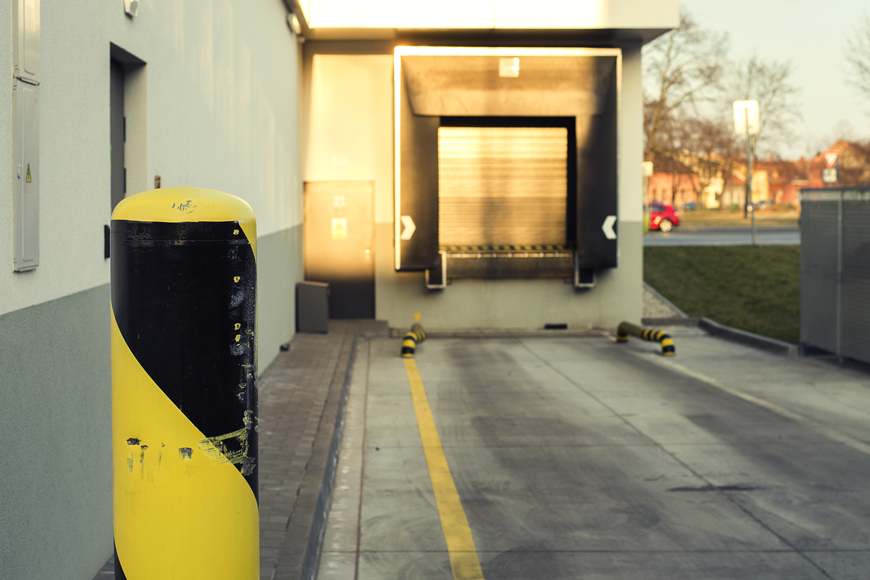
Loading docks
Loading docks are locations that see high amounts of vehicle traffic. And, no matter how skilled the driver, visibility will always be an issue when backing in large trailers.
A major issue with loading docks is that they are places where many third-party vendors interact with warehouse staff and equipment. Non-company staff can be a liability in warehouses if they aren’t familiar with specific site protocols and layouts. And, if there aren’t clear receiving measures in place, you could have untrained walk-ins wandering your facility looking for support. Creating efficient receiving procedures will not only guide visitors, it will help ensure smooth, efficient shipping transactions.
It’s also important to maintain safe and efficient loading and unloading. Loads need to be secured with no risk of loose objects falling during transport. Dock entryways should be clearly marked. Entryways themselves should be protected to prevent vehicles from backing into building structures and causing damage. Bright colored bollards will offer protection and better visibility.
For personnel, any ledges should be painted or marked with bright tape to alert staff of nearby drop-offs. Having accessible stairways or ladders will also help ensure staff don’t jump down or climb up dock ledges—which puts them in a prime location for getting pinned by an approaching vehicle.
Floor condition and walk spaces
Slips, trips, and falls are some of the most common incidents leading to staff injuries. Like most accidents, they’re typically preventable.
It’s when comfort and complacency set in that workers underestimate potential dangers and make mistakes
Slippery surfaces can be caused by a range of factors: leaking oil or grease from nearby mechanical equipment, spilled liquids, leaking containers and other seasonal factors. Mats made from rubber or other synthetic materials can be effective at ensuring proper grip in standing and walkway areas—but it’s also important that they remain secured, free from folding and curling, which can create tripping hazards.
Uneven grades and slopes in general should be avoided when planning warehouse layouts. They can create hazards for foot traffic, and they can be particularly difficult for vehicles to navigate—especially when backing up and carrying heavy loads.
Debris and various forms of clutter can also cause problems for foot traffic and vehicles. Tools, packaging materials, stray power cables and other odds and ends, when left out, not only create tripping obstructions—they effectively reduce floor space. This leads to more confined work spaces that are more prone to accidents. Designated storage locations and routine clean-ups may seem a chore, but the benefits of a clean working environment are well worth the effort.
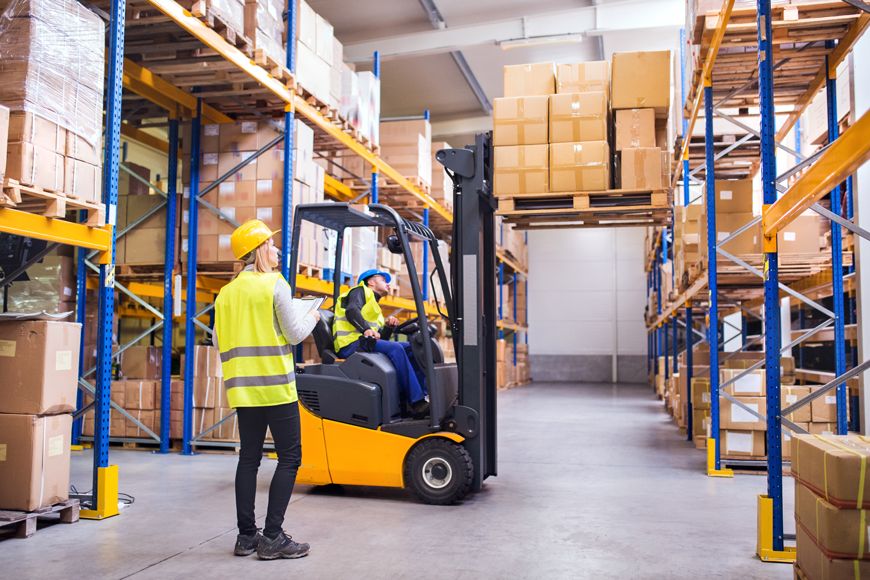
Culture of safety
In a warehouse environment, it can be easy to grow accustomed to everyday equipment and routines. It’s when comfort and complacency set in, however, that workers underestimate potential dangers and make mistakes.
An enforced level of diligence is about creating greater awareness and positivity toward doing things in a manner that is responsible and courteous to all fellow staff. Taking proper precautions to establish a safe environment is the first step. In the end, most will agree that staying safe and healthy are key pillars in maintaining an enjoyable workplace.
This content is provided for informational purposes only and does not purport to address all, if any, concerns associated with warehouse safety. Anyone planning warehouse safety protocols or procedures should consult a professional safety expert and/or engineer prior to implementation.










